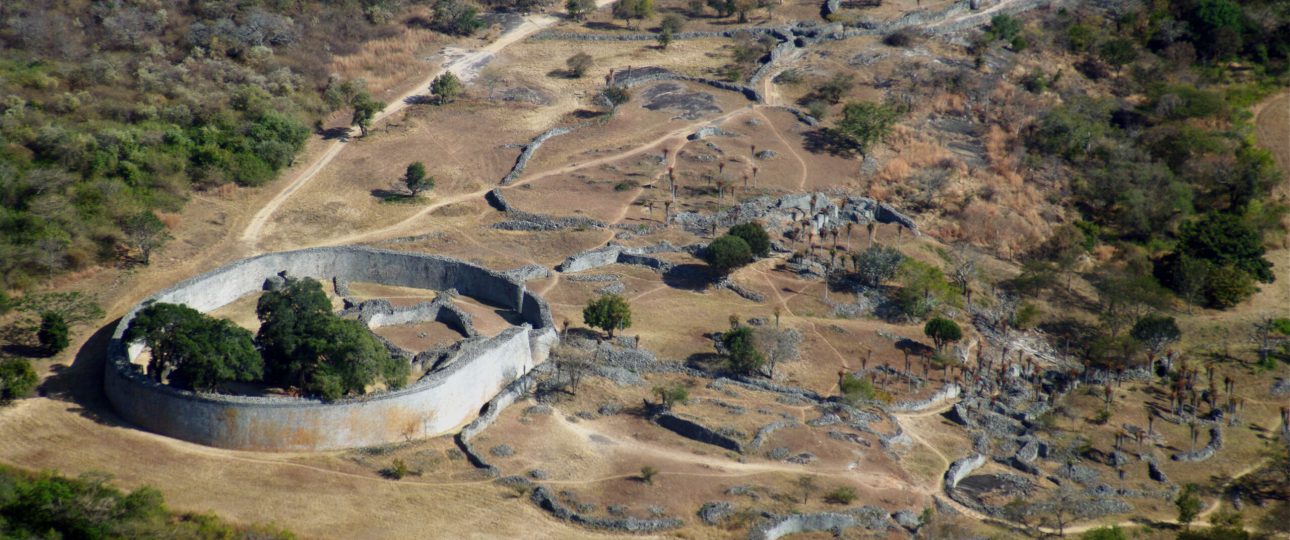The Great Zimbabwe Ruins: A Journey Through History
Welcome to an exploration of the Great Zimbabwe Ruins, a site of immense historical and cultural significance in Southern Africa. This ancient city, located in present-day Zimbabwe, offers a glimpse into the past with its remarkable stone structures and rich history.
Historical Significance of Great Zimbabwe
The Great Zimbabwe Ruins were constructed between the 11th and 15th centuries by the Shona people. This site served as the capital of the Kingdom of Zimbabwe, a powerful empire that once dominated the region. The ruins are a testament to the advanced engineering and architectural skills of the Shona civilization, showcasing their ability to construct intricate stonework without the use of mortar.
Recognized as a UNESCO World Heritage Site, the Great Zimbabwe Ruins hold global importance, offering insights into the region’s past and the Shona people’s way of life.
Architectural Highlights
The Great Zimbabwe Ruins are divided into three main areas: the Hill Complex, the Great Enclosure, and the Valley Complex. Each area provides a unique perspective on the ancient civilization that once thrived here.
Hill Complex
Perched atop a granite hill, the Hill Complex offers stunning views of the surrounding landscape. This area includes the King’s Palace, a circular stone structure believed to have been the residence of the Zimbabwean monarch. The terraced stone walls and narrow passages suggest strategic defensive purposes, highlighting the Shona people’s military acumen.
Great Enclosure
The Great Enclosure is the largest section of the ruins, surrounded by massive stone walls. Within this area stands the iconic Conical Tower, rising over thirty feet tall. While its exact purpose remains a mystery, it is often thought to have been a granary or a symbol of authority. The tower exemplifies the architectural prowess of the Shona civilization.
Valley Complex
Located at the base of the granite hill, the Valley Complex offers a glimpse into the everyday lives of the Shona people. This area contains numerous stone enclosures that likely served as dwellings for the common people. Walking through these remnants, one can imagine the vibrant community that once engaged in trade, agriculture, and cultural activities.
Natural Surroundings
The Great Zimbabwe Ruins are set within a captivating landscape that enhances the experience of visiting this historical site. The lush vegetation surrounding the ruins is home to diverse wildlife, including antelopes and various bird species. This blend of nature and history creates a truly immersive experience for visitors.
Practical Information for Visitors
The best time to visit the Great Zimbabwe Ruins is during the dry season, from May to October, when the weather is mild and the vegetation is less dense, allowing for better visibility of the ruins.
To reach the ruins, travelers can fly into Harare, Zimbabwe’s capital, and then take a domestic flight or drive to Masvingo. From Masvingo, it’s a short drive to the site. Local transportation options, such as taxis and buses, are available for convenience.
Summary of Key Facts
- The Great Zimbabwe Ruins are an ancient stone complex located in Zimbabwe.
- Built between the 11th and 15th centuries by the Shona people, they served as the capital of the Kingdom of Zimbabwe.
- The site is a UNESCO World Heritage Site, highlighting its global significance.
- The complex is divided into the Hill Complex, the Great Enclosure, and the Valley Complex.
- The Hill Complex features the King’s Palace and defensive structures.
- The Great Enclosure houses the Conical Tower, a symbol of architectural skill.
- The Valley Complex provides insights into the daily lives of the Shona people.
- The best time to visit is during the dry season (May-October).
- Access is possible via Harare, with transportation options available to Masvingo and the ruins.
Embark on a journey to the Great Zimbabwe Ruins and immerse yourself in the history and culture of this remarkable destination. Enjoy the architectural wonders and the natural beauty that surrounds this captivating site.




